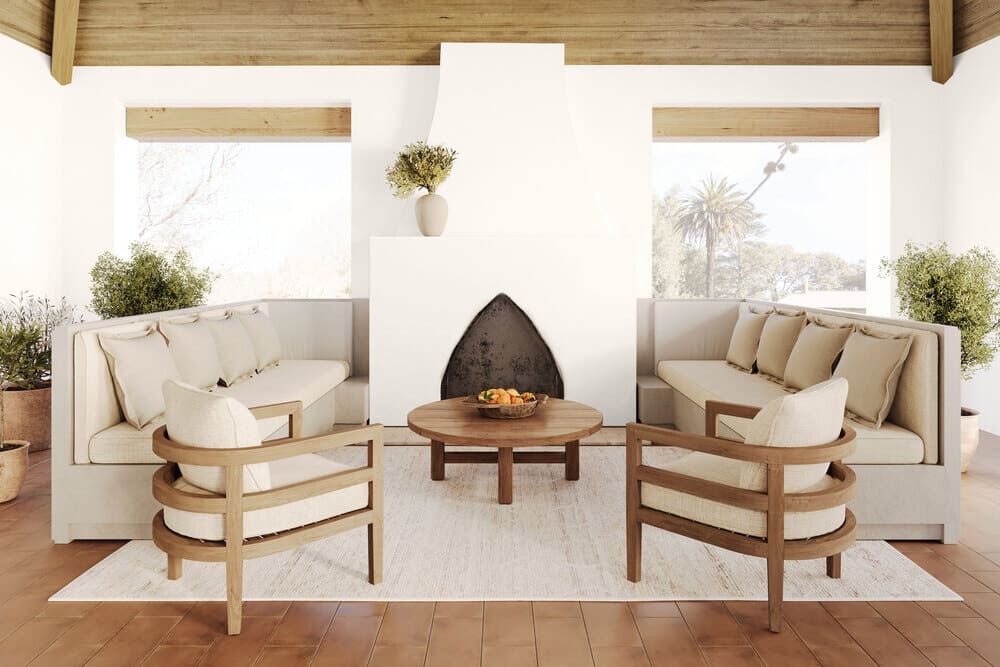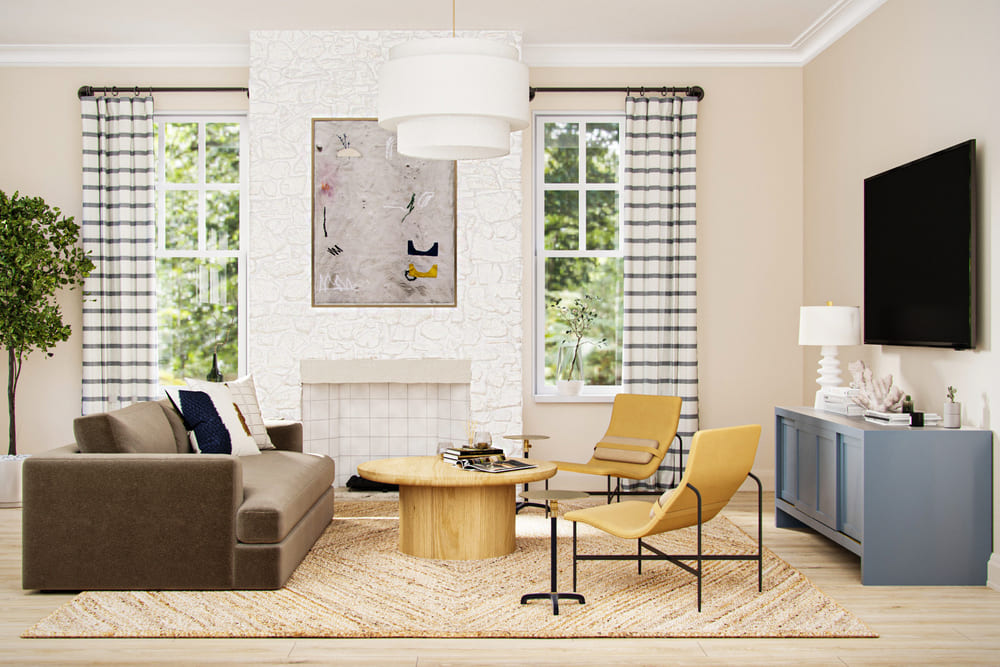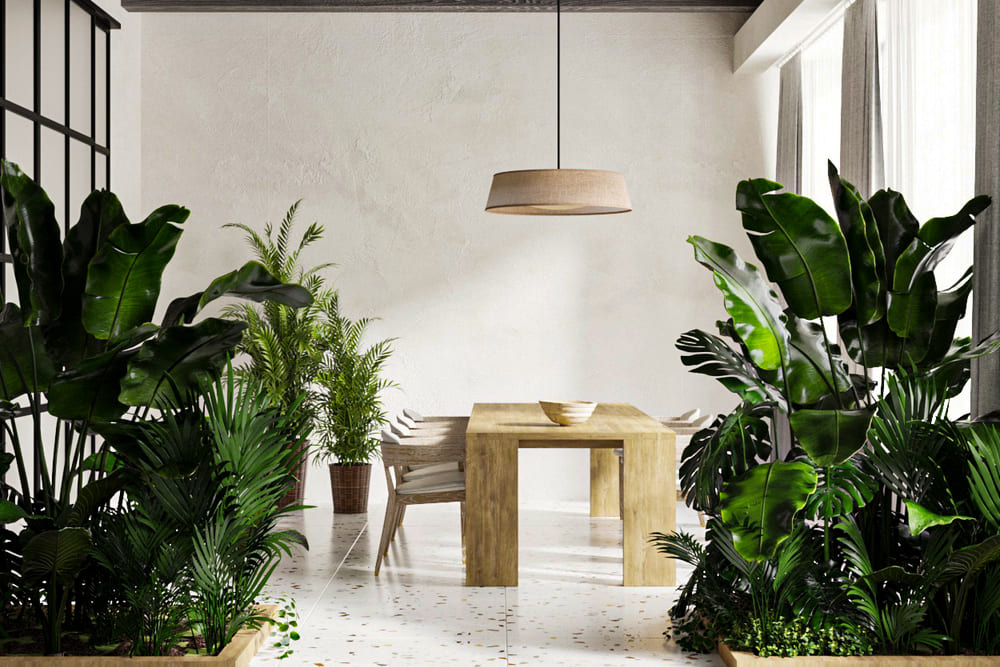Interior Design Rendering for Beginners:
How to Create Stunning Visuals in a Few Steps

Do you want to create realistic and beautiful images or videos of your interior design projects? Do you want to impress your clients or showcase your portfolio? If so, you need to learn interior design rendering. More information or order 3D rendering you can on the page of visualization studio yousee.studio.
Interior design rendering is creating a three-dimensional representation of your design using specialized software and tools. It allows you to show how your space will look after the design is implemented, including the colors, textures, lighting, furniture, and accessories.
Interior design rendering can help you communicate your vision, get feedback, make changes, and save time and money. It can also help you express your creativity and have fun.
But how do you create interior design renderings? This article will show you how to create stunning visuals in a few steps. We will also give you some tips to improve your renderings.
Steps to create interior design renderings
Here are the basic steps to create interior design renderings:
- Find references and inspiration: Before you start rendering, you need to have a clear idea of what you want to achieve. You can find references and inspiration from magazines, websites, blogs, social media, or real-life examples. You can also use mood boards or sketches to organize your ideas.
- Choose software and a toolset: Many software and tools are available for interior design rendering. Some are Autodesk 3ds Max, SketchUp, Blender, Enscape, Lumion, V-Ray, Corona Renderer, etc. The choice of software depends on your budget, preference, and level of expertise. You may also need a powerful computer and a good graphics card to run the software smoothly.
- Model your space and objects: The next step is to create a 3D model of your space using your software of choice. You can use existing floor plans or measurements as a reference. Additionally, you have the option to utilize libraries of predefined models or create your custom ones. You must model the walls, floors, ceilings, windows, doors, furniture, and accessories.
- Apply materials and textures: After modeling your space and objects, you need to apply materials and textures to them. Materials are the properties that define how an object looks, such as color, shininess, transparency, etc. Textures are images that add detail and realism to an object, such as wood grain, fabric pattern, etc. You can use libraries of predefined materials or textures or create your custom ones.
- Set up lighting and camera: Lighting is one of the most important aspects of interior design rendering. Lighting affects the mood, atmosphere, and realism of your space. You need to set up different lighting sources and settings for your space, such as natural, artificial, ambient, etc. You also need to adjust the camera settings and angles to get the best view of your space.
- Render and edit your output: The final step is to render your image or video using your software of choice. Rendering is the process of generating the final output from your 3D model. You can adjust the quality, resolution, and format of your output. You can also edit your output using other software or tools if needed.

Tips to improve your interior design renderings
Here are some tips to improve your interior design renderings:
- Use realistic and high-quality models and images: To make your renderings look more realistic and professional, you must use realistic and high-quality models and images for your space and objects. You can find free or paid models or images online or create your own. You must also pay attention to your models' and images' scale and proportion.
- Pick a suitable color scheme and style: To make your renderings look more harmonious and appealing, you need to pick a suitable color scheme and style for your space. You can use color theory or online tools to help you choose the right colors for your space. You must also be careful when combining different styles, such as modern, classic, rustic, etc. You need to find a balance between contrast and harmony.
- Avoid empty surfaces and clutter: To make your renderings look more realistic and inviting, you need to avoid empty surfaces and clutter in your space. Empty surfaces can make your space look boring and unfinished. Clutter can make your space look messy and chaotic. You need to add some accessories and decorations to your space, such as plants, rugs, pillows, artwork, etc. But you also need to avoid overdoing it and keep some negative space.
- Add details and personal touches: To make your renderings look more unique and interesting, you must add some details and personal touches to your space. Details are the small elements that add realism and character to your space, such as cracks, stains, scratches, etc. Personal touches are the elements that reflect your personality or preferences, such as photos, books, souvenirs, etc. You can use these elements to tell a story or create a mood for your space.

Conclusion:
Interior design rendering is a fun and rewarding skill that can help you create stunning visuals for your design projects. It can also help you communicate your vision, get feedback, make changes, and save time and money.
To create interior design renderings, you need to follow some basic steps:
- Find references and inspiration.
- Choose software and a toolset.
- Model your space and objects.
- Apply materials and textures.
- Set up lighting and camera.
- Render and edit your output.
You can also improve your interior design renderings by following some tips:
- Use realistic and high-quality models and images
- Pick a suitable color scheme and style
- Avoid empty surfaces and clutter
- Add details and personal touches
We hope this article has helped you learn how to create interior design renderings for beginners. If you want to learn more about interior design rendering or get some inspiration for your projects, you can check out these websites:
- YouSee: A website that offers interior design rendering services and tips.
- Archival: A website that reviews the best interior design rendering software programs.
- Udemy: An online course that teaches how to model and visualize realistic interior scenes in Blender.
